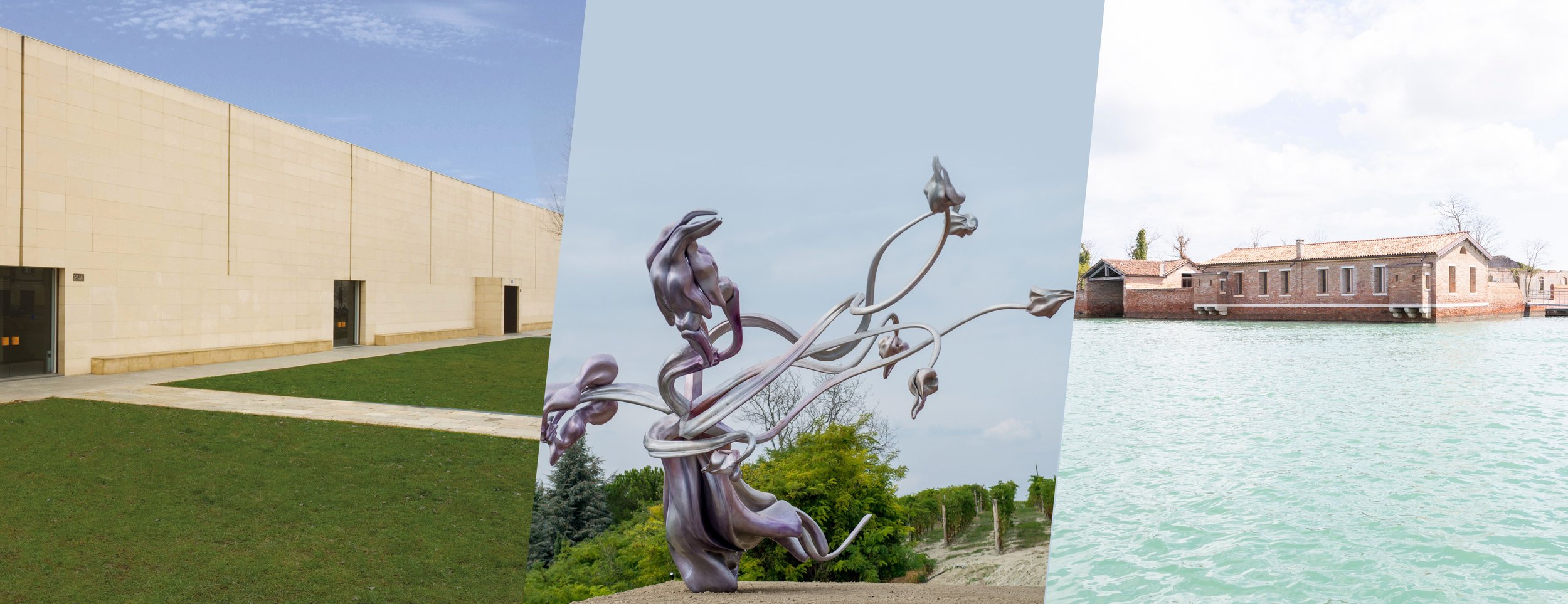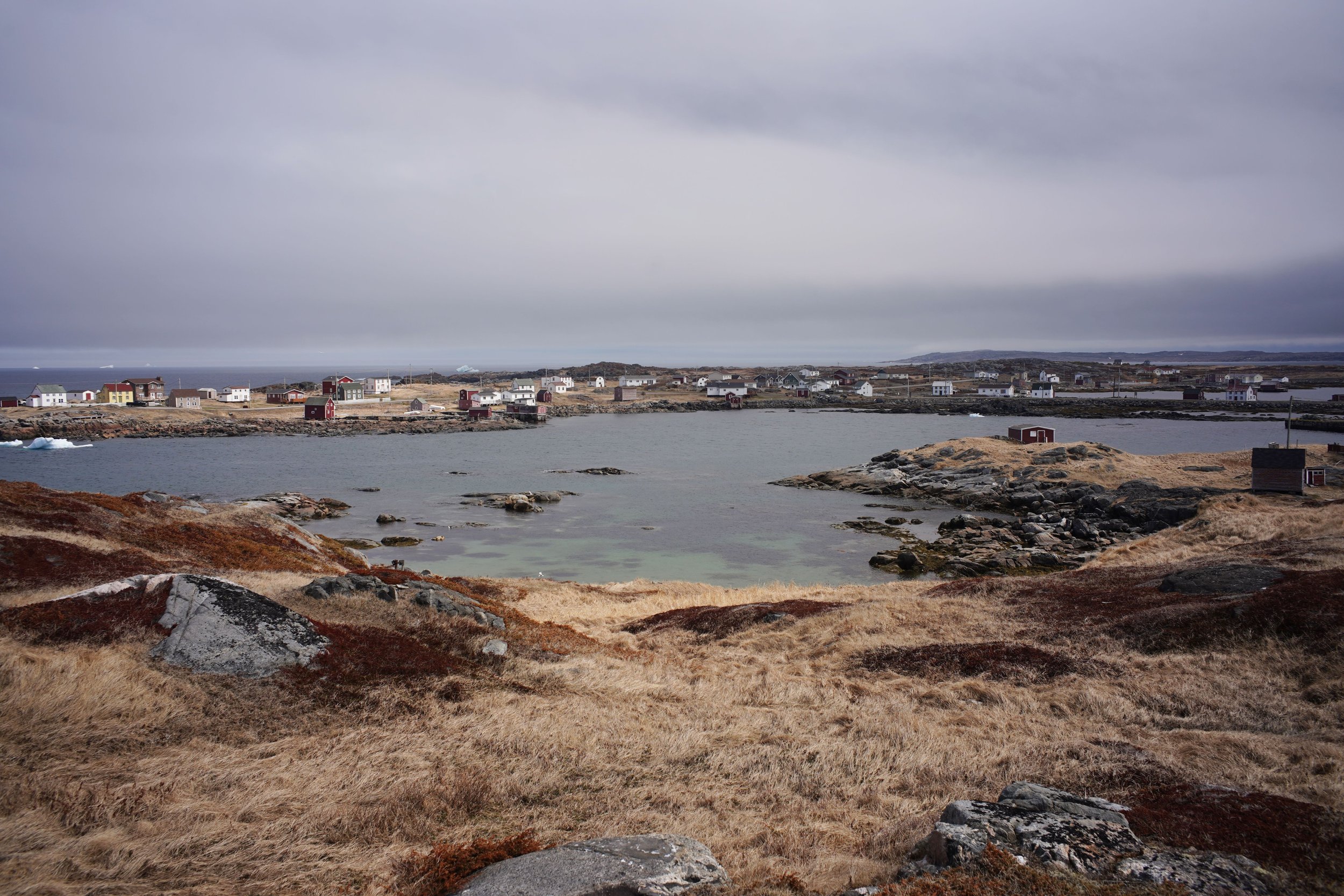How's the weather? A global alliance of artists respond to the climate crisis
Author: Pamela EA
ROBERT SMITHSON'S SPIRAL JETTY, GREAT SALT LAKE, UTAH Holt/Smithson Foundation
Artists and Writers in 28 Countries Come Together to Respond to the Climate Emergency with the World Weather Network
A research center on the River’s edge in Guyana, an observatory overlooking the Sagami Bay, and a library at the top of one of London’s oldest skyscrapers.
At each of these locations weather stations have been created that will be reporting on their local weather and climate; however, these weather reports might not necessarily look like your typical weather forecast. Instead, reports will take many forms such as: poetry, fiction, reportage, video diaries, films, photography, podcasts and more.
The World Weather Network
The World Weather Network is a constellation of weather stations set up by 28 arts agencies worldwide to respond to the climate emergency. They are an invitation to look, listen, learn, and ultimately, to take action.
Special Report: How’s the Weather? A film by Miles Blackett, created in collaboration with artists and filmmakers across the World Weather Network.
The world's weather is not what it was. We see glaciers melting and water levels rising. Some lands are flooded and others are parched. Everywhere is heating up.
From June 21 2022 to June 21 2023, artists, writers and communities will share observations, stories, reflections and images about their local weather, creating an archipelago of voices and viewpoints. Engaging climate scientists and environmentalists, the World Weather Network brings together diverse world views and different ways of understanding the weather across multiple localities and languages.
MANILA OBSERVATORY, PHILIPPINES Museum of Contemporary Art and Design (MCAD)
The Weather Stations
Each partner arts agency has chosen a location of significance from where artists and writers can explore the local weather, called “weather stations”. They may be specific places, buildings, environments or wider geographic regions. From each weather station, artists and writers create new works in a range of different art forms: these are the “weather reports”.
Guiana Shield, Guyana
Sophia Point's weather station will focus on the language and experience of the weather of Afro, Indo and Amerindian Guyanese, who live near the Sophia Point Rainforest Research Centre.
Recording, over the period of a year, local descriptions and stories of the weather, then pairing these with meteorological data collected at Sophia Point, the project will explore the existence of patterns or divergences between quantified weather data and the anecdotal accounts of living and working with the weather.
A final report will combine recorded audio, transcribed discussion and meteorological data to provide a picture of one of the most important and pristine sites of biodiversity left on the planet.
GUIANA SHIELD, GUYANA Sophia Point Rainforest Centre Pilsbury
Recording Local Knowledge
The communities living near Sophia Point speak a combination of English and Guyanese creole. Their livelihoods, based on the river's edge, are closely tied to the weather. As a result, local expression of weather is often translated into its immediate utility. Does the weather facilitate fishing, farming, building and travelling or does it make you stay at home awaiting the floods? Will rains cause a rising river? Will the lack of rain result in a ruined crop? Or will the shifting impact of the seasons impact the availability of fish?
Capturing these local reflections on weather from Guyana, a country at the forefront of the climate crisis where most people live at or below sea level, the project proposes a microcosm of the challenges faced globally.
The mission of the Sophia Point Rainforest Research Centre is to transform research, education and conservation of one of the last and most pristine biodiversity hotspots on the planet.
As a centre, it will enable Guyanese students access to better study, understand, record and champion the biodiversity of their rainforest. It will introduce leading science and conservation to a vitally important and overlooked ecosystem.
Sophia Point will provide a platform to integrate local and indigenous environmental expertise with cutting-edge science to deliver a more sustainable, equitable future for both people and our planet.
Turin, Italy
In Italy, the Fondazione Sandretto Re Rebaudengo will commission projects in three locations across the country: a museum in the former industrial area of Turin, a hill overseeing the farming landscape of the Roero and Langhe region in Guarene, and a small island part of the fragile ecosystem of the Venice lagoon.
TURIN, ITALY Fondazione Sandretto Re Rebaudengo
Training for the Future
“In a time of increasing global crises in politics, economy and ecology, dystopia has become the new norm. Training for the Future is a utopian training camp where audiences pre-enact alternative scenarios. Throughout the summer, a series of weather reports will reflect on the topics raised during the programme.” Jonas Staal
The first project Training for the Future - WE DEMAND A MILLION YEARS by artist Jonas Staal, is a utopian training camp in Turin that rejects the linear paradigm of time that dominates our present and focuses on deep futures: ten thousand years, a hundred thousand years, a million more years of living worlds for all.
The project responds directly to our increasingly limited ideas on timescales and possible futures. The time span of most politics seems to go no further than “the children of my children” (merely two generations), while the fossil fuels that are burned to accelerate movement in the present and make the future unliveable, represent themselves millions of years of earth inheritance.
The focus on time also informs Jonas Staal’s design of the installation in which the Training camp takes place, a chrono-political arena whose constructive elements carry different temporal marks, all interconnected: ammonite fossils, a family of octopus and squid that went extinct in the 5th mass extinction, 66 million years ago; defunct synthetic tires that stand for the economic boom of the 1950s and 1960s, the so-called “Italian miracle”; and hardened oil, the fossil inheritance whose combustion fuels the destruction of common futures.
Assembled in sculptural configurations and functional supports, the living worlds stored in fossils are conceived not only as witnesses but as trainers in their own right. No one can teach you what a million more years are, but a million years itself.
A series of weather reports will stem from the training camp in Turin, published in different formats including writing, visual essays, sound pieces or talks. Inspired by the theme of chronopolitics at the heart of the Training, as well as by the predictive function of meteorology, the reports will weave a peculiar, preposterous relationship with the temporal dimension to which they belong, presenting themselves as weather bulletins issued from the future into the past, that will share news about climate change, the status of the earth and of all living beings.
Fogo Island, Canada
Meanwhile, in Canada, Fogo Island Arts has partnered with the National Gallery of Canada to commission a new work by Liam Gillick that will function as an operational weather station. The new artwork, titled A Variability Quantifier, will be used by scientists and local community members to add their own meteorological instruments to measure and track local weather. It will also help to monitor the changes arriving with the increasing experience of the climate crisis to which Fogo Island has a front row seat from its location within the Labrador Current.
Data produced by the weather station will be made available to the communities living on Fogo Island, as well as to artistic and scientific communities internationally, serving as source material for creative interpretations and investigations into this weather-bound part of the world.
FOGO ISLAND, CANADA Fogo Island Arts
A Variability Quantifier
With advice from partners in the local community, Liam Gillick developed his concept for a 2/3 scale model of a typical fishing stage structure, commonly found on Fogo Island. The structure is a framework for scientists and local community members to add meteorological instruments that are helpful in measuring and tracking local weather. Crucially, it helps to monitor changes connected to an increasing experience of the climate crisis. Fogo Island has a front row seat on the Labrador Current for observing changes to events such as the annual passage of icebergs in ‘Iceberg Alley’.
Gillick’s project for Fogo Island develops his interest in the origins of understanding climate science that has been present in several of his works. In recent years he has made specific reference to the work of the eminent Japanese-American climatologist Syukuro Manabe. Manabe, along with his colleagues, developed refined mathematical tools to model the atmosphere in the mid-1960s.
The structure is maintained as a site for measurement and experimentation. The base-level operation is a remote autonomous weather station gathering local climate data and sharing it online. The site is also used as a lab for the introduction of new monitoring and measuring equipment and specific targeted experimentation as the project develops and local needs or desires to gather additional information emerge. It also functions as a site for school visits to further the understanding of the role that scientific modelling and data gathering play in relation to climate. The structure is RAL 3020 red, a color Gillick often uses to indicate a role poised between a functional framework and an artwork, integrated yet separate from its surroundings.
BANGLADESH Dhaka Art Summit
Get Involved
Whilst each organisation is reporting on their local weather, every one of these ‘weather stations’ is connected by the overheating of the world’s atmosphere. The World Weather Network presents alternative ways of responding to the world’s weather and climate. It serves as an invitation to look, listen, learn and act.
To learn more about the weather reports and stations around the world, visit the World Weather Network.










